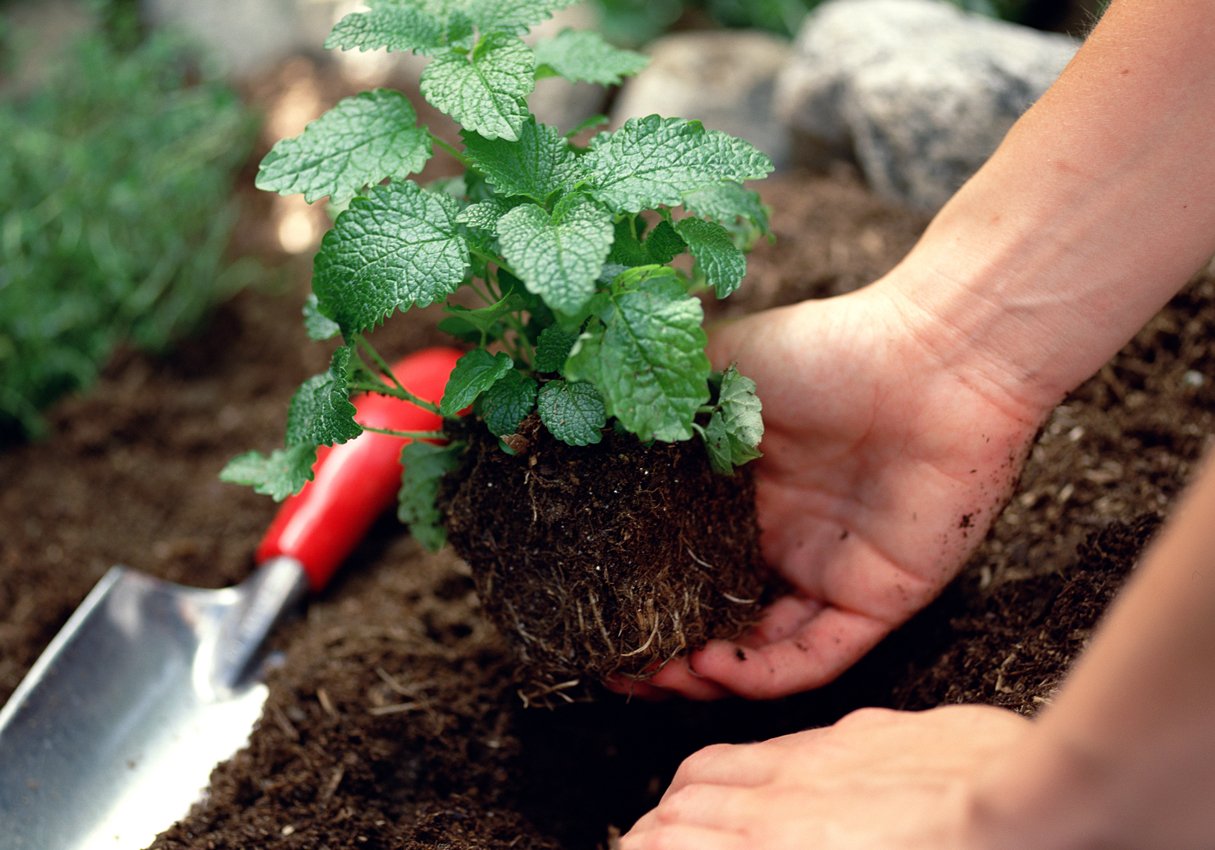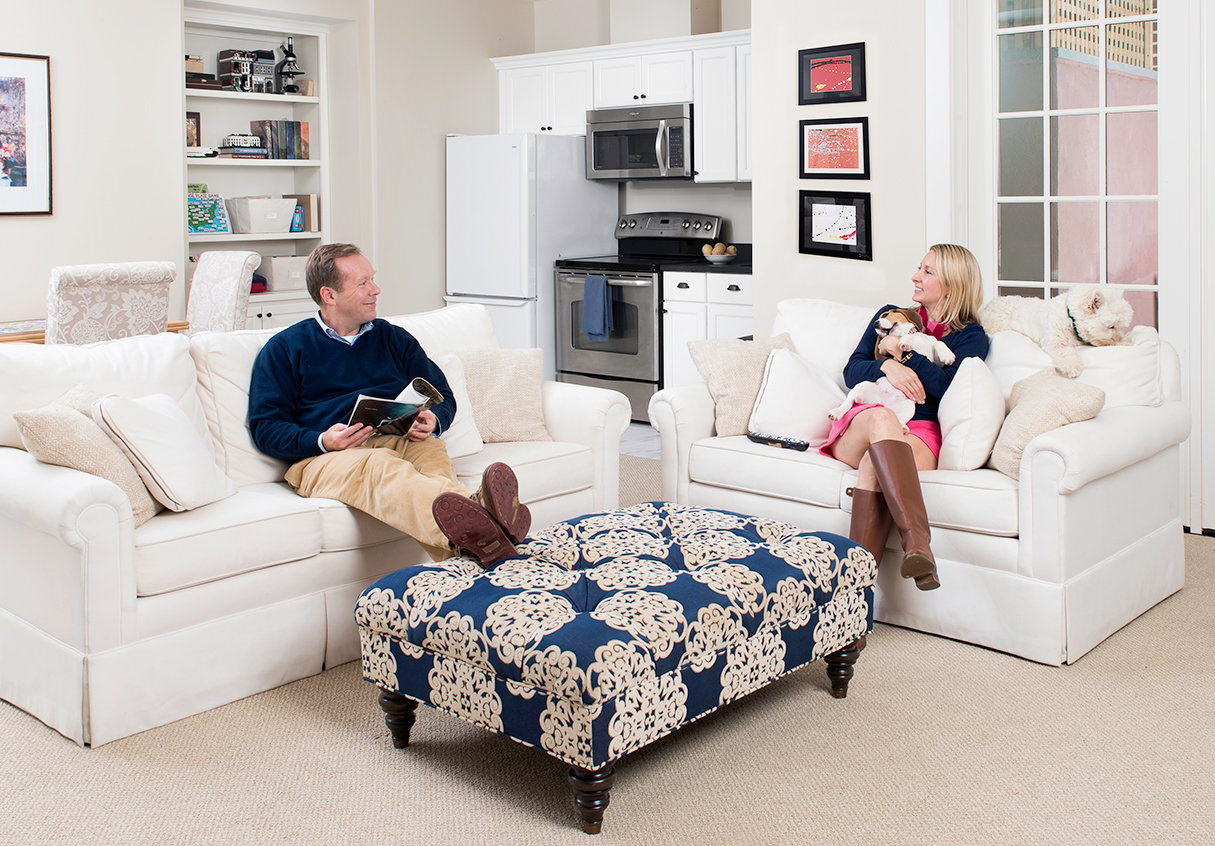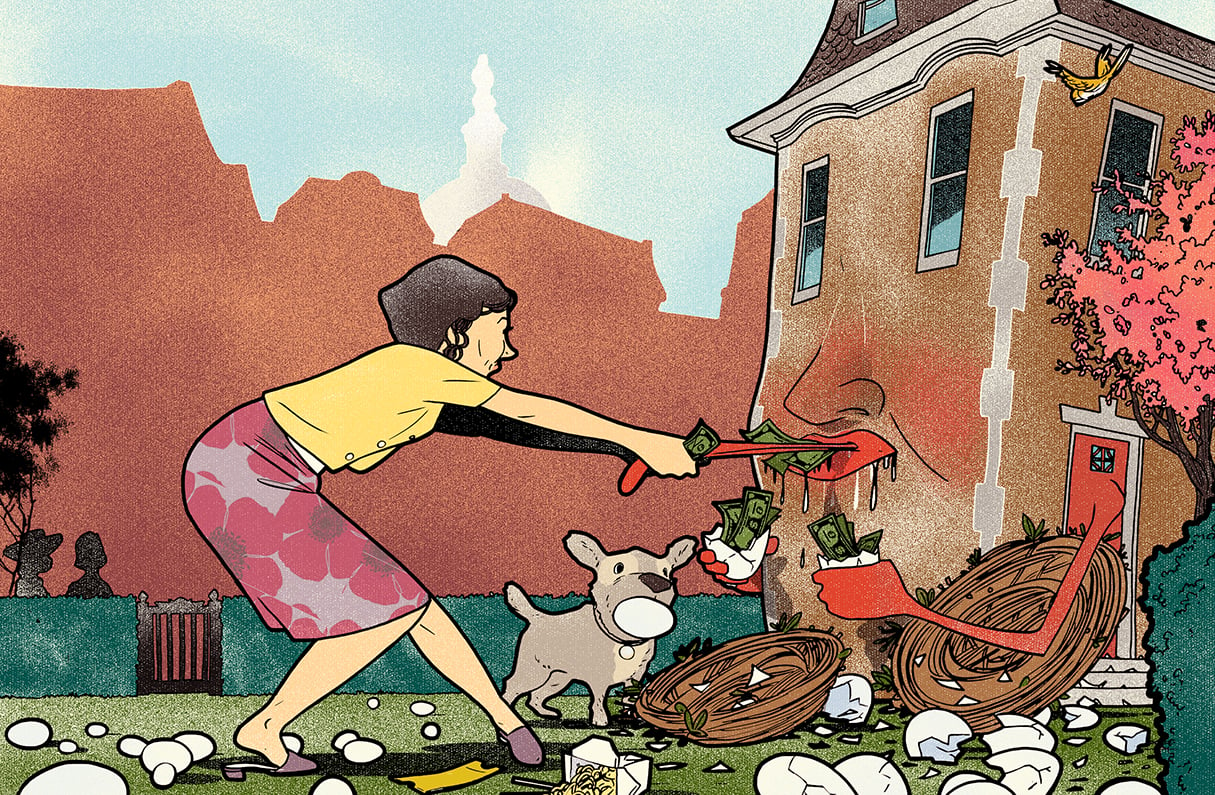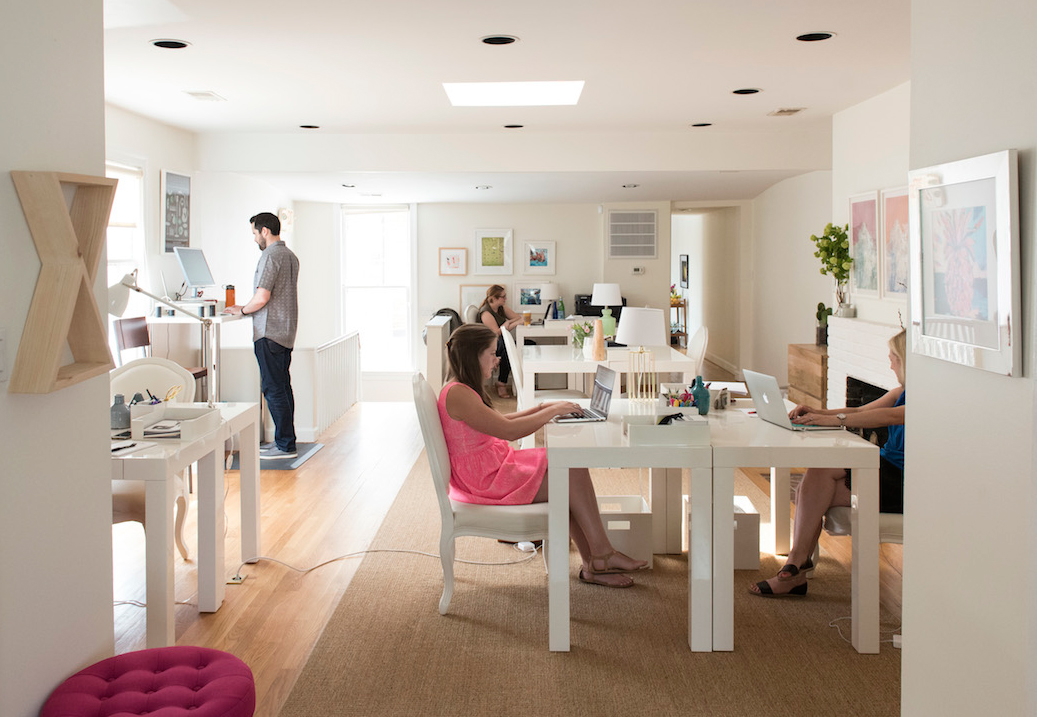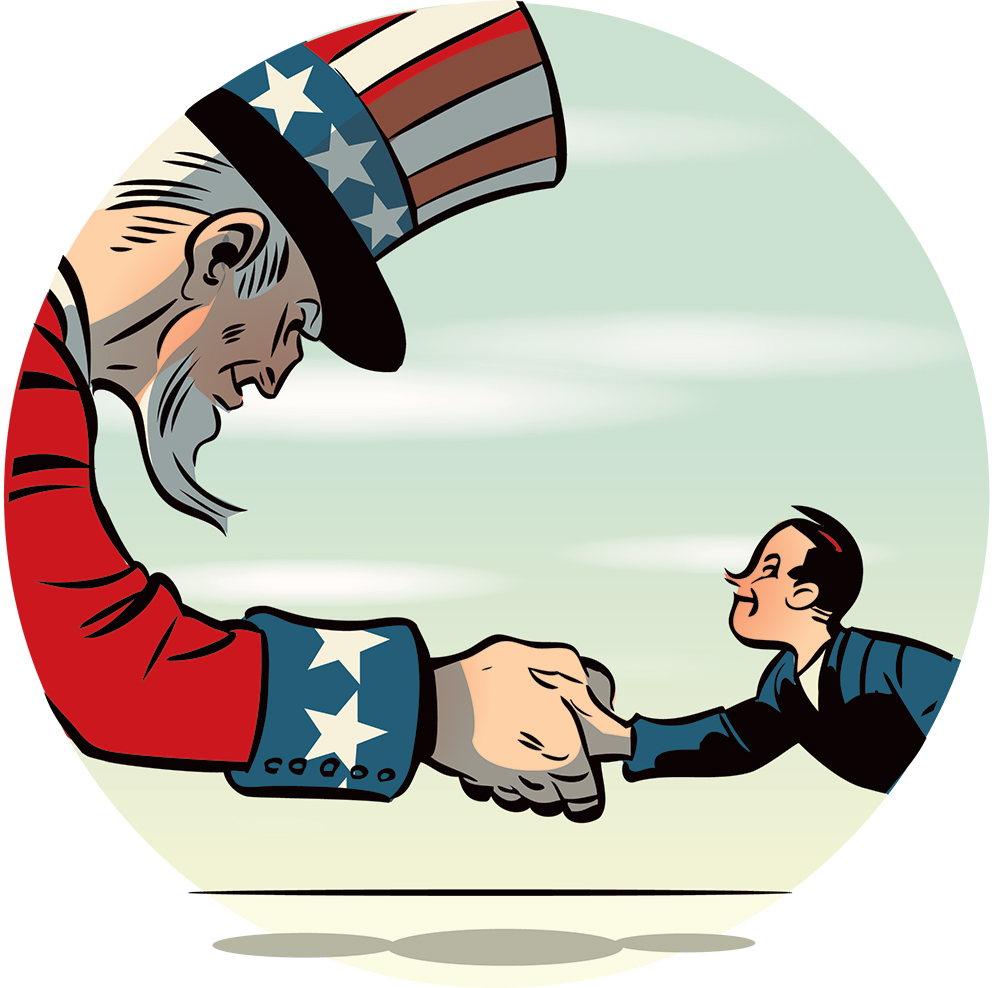Some people run marathons when a relative falls terminally ill. Some become experts on the loved one’s condition or join the effort to find a cure. Two years ago, when my dad was diagnosed with glioblastoma multiforme—the brain cancer that killed Senator Ted Kennedy and death-with-dignity advocate Brittany Maynard—I started to garden.
To say I have a garden is a bit of an overstatement. I’m the proud owner of a mulch-covered plot in front of the house I share in Shaw. It’s the size of a few coffee tables, room for about two dozen plants at any given time.
I experienced my fair share of failures—all witnessed and commented on by my neighbor, a longtime Shaw resident whose yard is named “most beautiful” by a local blog each year. The bugs turned my roses into lace; my sun-zapped hydrangea lasted maybe three weeks. I bought several kinds of clematis only to see them bloom, then shrivel.
I soon discovered there’s a rhythm to cancer treatment, and my most peaceful moments in the garden were usually the couple of weeks after my dad’s doctor’s appointments. By that time, the progress reports, rarely good, had time to sink in. But I could cling to hope until the next MRI, which might show that the treatment was working and my dad, then 65, would defy the odds.
Friends, wanting to help but not quite sure how, were more than happy to support my hobby. I became obsessed with getting a large, colorful pot to hold my emerging dahlias, and found one after a friend drove me to a Virginia HomeGoods. It was hand-painted in Mexico, a deep blue covered with yellow and pink fish.
“Be sure to chain it up,” my neighbor warned. I left it by the front door, untethered. A month or so later, I came home to find the dahlias upside down in a pile of dirt and the container nowhere to be seen. “Someone stole my pot,” I told my roommate through tears. “Your pot?” she said, wondering if I’d developed another new hobby.
Fortunately, the dahlias weren’t the only plants I was betting on that summer. The spreading petunias seemed as though they’d never stop spreading, and the Russian sage sprouted a long, flowing purple mane.
The mums bloomed and the leaves turned and I was ready for fall. I fixed my hope on the changing seasons just as I did with the doctor visits. They gave me something to look forward to, a chance to reset. Autumn meant apple picking and my annual fall fete. In December, it was back to the nursery for the biggest fir tree I could carry.
The next spring, the plants seemed strong and resilient, and for a while it appeared my dad was as well. Then two MRIs in a row went badly and he began a swift decline. At doctor’s appointments—my feet firmly planted as the most feared words were delivered—I learned what it meant to be shaken to the core. I visited my parents in Indiana so often that summer that some of my plants didn’t survive Washington’s brutal sun.
When my dad died, in late August, time both accelerated and slowed. It seemed I’d lived a lifetime since March, when the first yellow pansies had fought their way through the mulch. By November, when “How are you doing?” faded into expectations that we simply go on with life, I realized just how long it takes for the city to relinquish its green.
Devon Haynie is international news editor at U.S. News & World Report. On Twitter, she’s @devonhaynie.
This article appears in our November 2015 issue of Washingtonian.

